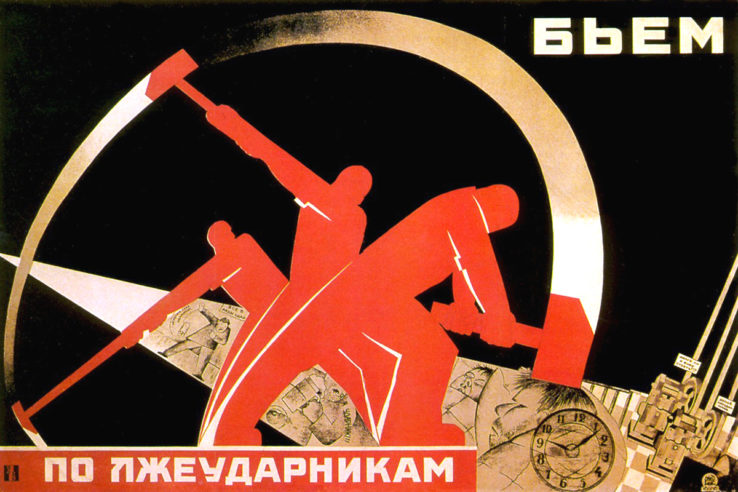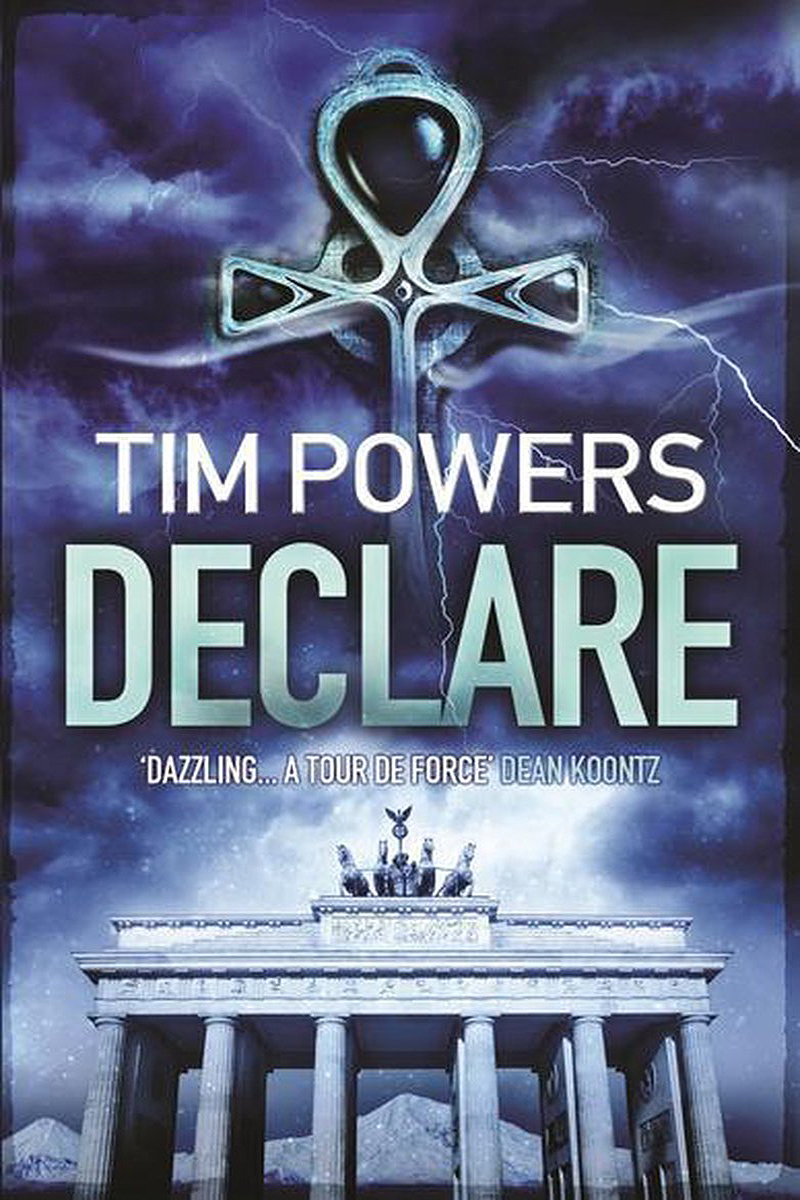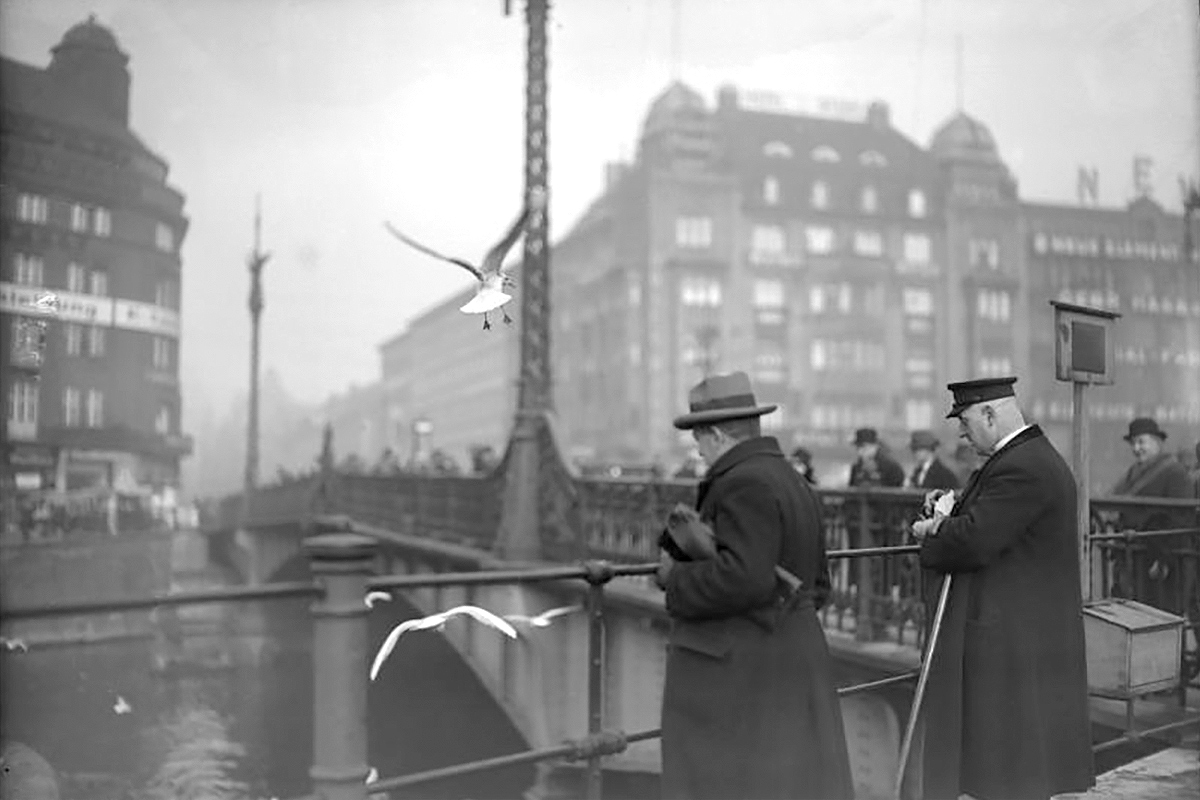Did you know that only one year ago the most populous dieselpunk community on the Web was the Russian one — about one thousand members? It was also among the oldest, established in 2006.
No surprise: starting conditions for the genre were extremely favorable. It was defined relatively early, in an article by Mikhail Popov published in SF & Fantasy World monthly in December 2004. Actually, this article helped to promote dieselpunk in the same way as a well-known publication in DarkRoastedBlend did four years later. So when in the English-speaking world dieselpunk’s right to exist was questioned and disputed, in the Russian-speaking networks it was legitimate and widely acceptable. Different communities, from weapon geeks to noir freaks, adopted it to label weird devices, retrofuturist art, megalomaniac projects, rare war machines, etc.
Dieselpunk attracted groups as diverse as World War II reenactors, abandoned industrial site researchers, vintage postcard collectors, amateur historians (and alt-historians), anime fans, cosplayers and swing music addicts. Many Russian-speaking steampunks also joined the diesel crowd.
Besides, Russian dieselpunkdom boasts a great legacy: 1930 sci-fi movies, breathtaking 1920s thrillers, fascinating Interbellum posters (advertisement and propaganda alike), avant garde painting, graphics and photography, monumental architecture of the Stalin era, whatever you like (or hate). All this had been widely used in different genres, from cinema to pop music, long before the term “dieselpunk” was coined.
So it was quite natural for the Russian dieselpunk community to grow fast between 2007 and 2009. It was probably the most active dieselpunk community online and closely monitored by English-speaking websites and forums. It was a leader in terms of research, exposing a score or forgotten gems or bravely attributing well known artifacts as “dieselpunk”. The sky was the limit — but the advantages of the community gradually turned against it.
Several of the more “serious” researchers felt that they had outgrown dieselpunk and left for specialized communities. Others were unhappy with the strict rules of the community, or decided that the genre was too “heavy” — and went elsewhere. Other yet simply lost their interest in dieselpunk altogether.
Three additional factors influenced the D-crowd in the most negative way. One was the lack of discussion. With no effort to redefine the genre, present its goals and develop a positive agenda, stagnation was inevitable. The other was the apolitical nature of dieselpunk at a time of growing politicization of most Russian-language networks. The third and most important factor was the inability to go outside the Web, to manifest the genre in real life. In this, Russian dieselpunks are quite different from their steampunk brothers who frequently organize conventions, meetings, exhibitions and fairs. There are some creative people, a number of talented artists with international fame or young authors who label their writings as dieselpunk, but their efforts are not sufficient to move the genre forward.
Looking back, one can say that in Russia proto-dieselpunk was much more diverse and creative than the current D-crowd. But it started two decades ago and the acting community is only five years old. I still hope that Russian dieselpunk’s (and dieselpunks’) vast potential will eventually be realized.
This story first appeared in Gatehouse Gazette 20 (September 2011), p. 33, with the headline “Half Full, Half Empty: Russian Dieselpunk”.





